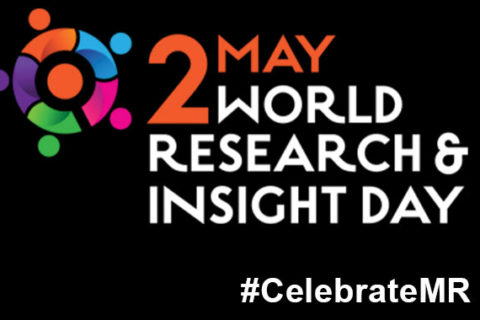Small data in Italy
The intent of the Small Data Day series is to nurture a new awareness of the future of qualitative research in Italy, and to initiate a cross-fertilisation not solely on the methodological front, but also as a multidisciplinary, multicultural and intergenerational process.
Launched by Giulia Fabrizi, ESOMAR’s Representative for Italy and Managing Director at Almar Quality Research, the first Small Data Day took place in Milan on 25 March in the comfortable halls of Spazio Milano who sponsored the event. It included a workshop moderated by Fabrizio Faraco, Simona Orlandi and Clara Origlia.
The term “Small Data” coined by brand futurologist Martin Lindstrom was born in opposition to Big Data, which used alone, is unable to unlock or provide a vivid and real portrayal of the personal universe of people. A universe made up of small but very significant pieces of information, small data is the very essence of qualitative research, enabling us to understand human beings, a specific culture, subculture, and society, all essential in developing new ideas.
What we learned
Here are the approaches illustrated by the various speakers:
- Geetika Singh, Executive Director, Ipsos India, presented via Skype an ethnographic research on the cultural codes and needs of Italians. Ethnography is the most immediate key with which to unlock people’s lives in the environments in which they express their behaviours. Researchers observe what happens (or does not happen) in the real lives of people, actively listening to what is said (or not said) during their social interactions, using the art of asking questions
- Laura Cantoni, Managing Director of Astarea, presented a paper in intriguing Prezi format that offered proof of how the knowledgeable use of Small Data and the consolidated skills of the researcher can solve strategic issues using a mix of qualitative research methodologies in several stages.The case history was on the future of Christmas markets in the Alto Adige region of Italy from 2019 to 2029.
- Stefania Gogna, semiologist, introduced us to the world of semiotics, a discipline that can explain how and why a particular phenomenon takes on a specific meaning in a given culture and at a certain time in history and how that meaning changes over time, and in different cultural contexts. Semiotics and qualitative research, if integrated and used synergistically, represent an effective and powerful marketing tool.
- Fabrizio Faraco, strategy expert and innovation coach and certified facilitator in Lego® Serious Play(r), design thinking and design sprint methodologies, stressed the crucial importance of qualitative research, especially in the initial “inspiration” phase, based on user and customer research, on the design thinking process. This approach to innovation uses the tools of a designer to integrate people’s needs, the possibilities offered by technology, and the requirements needed for a business to succeed.
- Simona Orlandi, business Intelligence expert and workshop facilitator certified in the Lego® Serious Play(r) (LSP) methodology, illustrated the effectiveness of the LSP technique. For this workshop participants “play” with Lego®bricks and other elements to elaborate on a specific topic individually or in teams, using unusual forms of expression and metaphors that swiftly and effectively capture and represent the essence of a problem, or provide precious insight, giving shape to ideas.
- Clara Origlia, of Cultures & Strategies and researcher, psychologist and founder of an independent qualitative observatory on longevity and quality of life, talked about combining qualitative approaches – design thinking, sensory analysis and sensory semiotics, ethnography and storytelling in a multicultural, multidisciplinary, cross-generation perspective. This means giving a voice back to segments of the population that have been completely forgotten by marketing. She highlighted how to consider innovation realistically, and not just via a technological-futuristic lens, to maximise the human-to-human component.
- Christian Garzena and Paolo Silvestri (CriPax) 3D artists,offered participants the chance to try out two technologies: Virtual Reality (VR) and Augmented Reality (AR). With VR, the user wears a special headset and is projected into a virtual environment, whereas AR inserts and represents virtual objects in the real world, thanks to the use of smartphones or tablets. Advantages include the possibility of contextualised viewing, the safety and protection of prototypes, the reduction of logistics costs, idea protection and confidentiality.
The different awareness of the strategic importance of our profession today prompts us to offer our individual talents in a more targeted way, presenting ourselves as specialists in specific areas which is also more fulfilling and rewarding from a professional standpoint.
Whilst we cannot escape shrinking budgets, it is also true that many research buyers can/must be made aware of, and in some cases trained to appreciate, the effectiveness of our approaches. New forms of peer-to-peer cooperation will inject new strength and inspiration into the profession.
The next event hosted by Medi-Pragma, Marketing Research and Consultancy in healthcare is scheduled on 28 May 2019, in Rome, and will focus on the role of qualitative research in the Pharma world. To register, go to the Events section of ESOMAR’s website (www.esomar.org)


